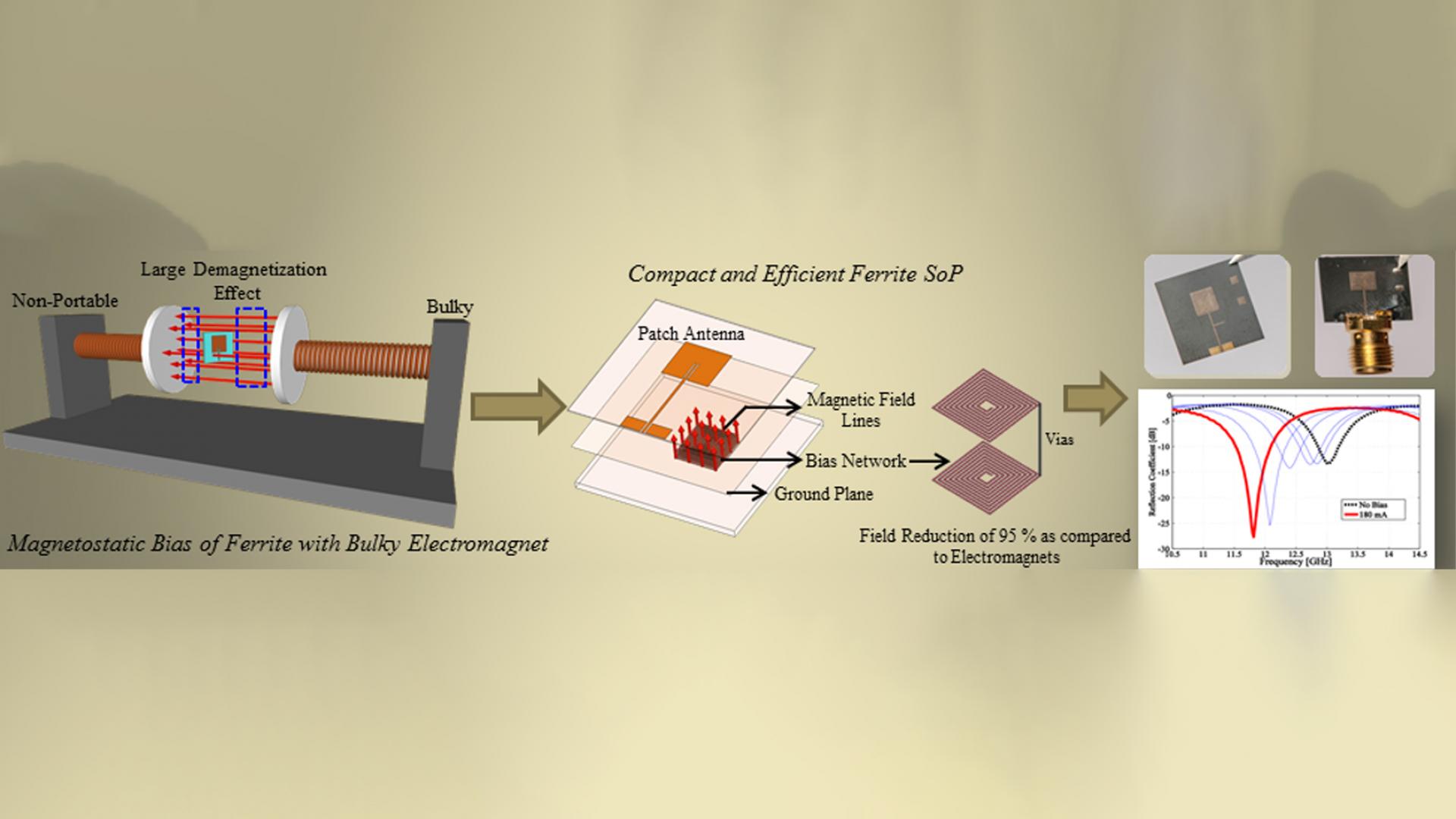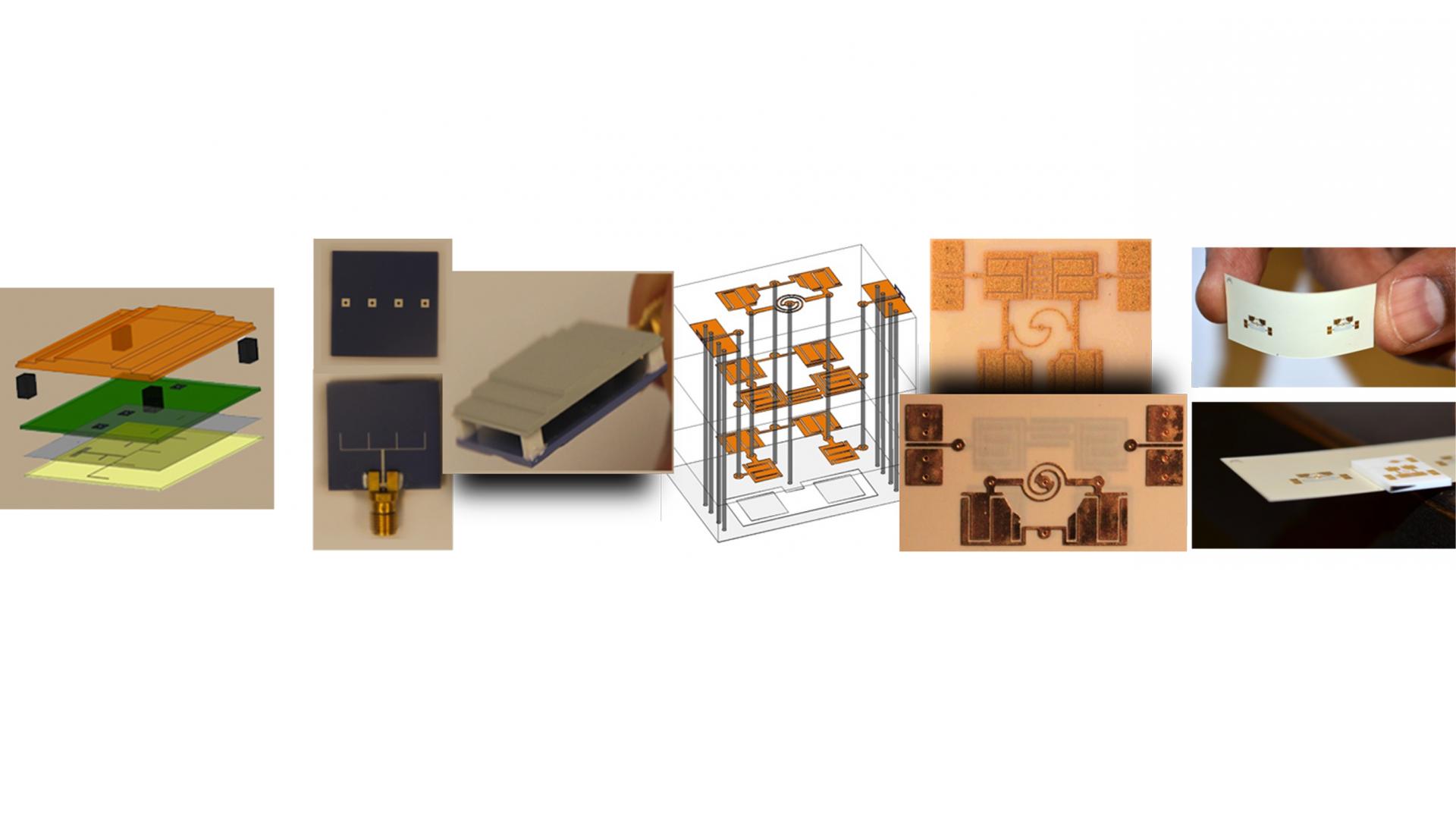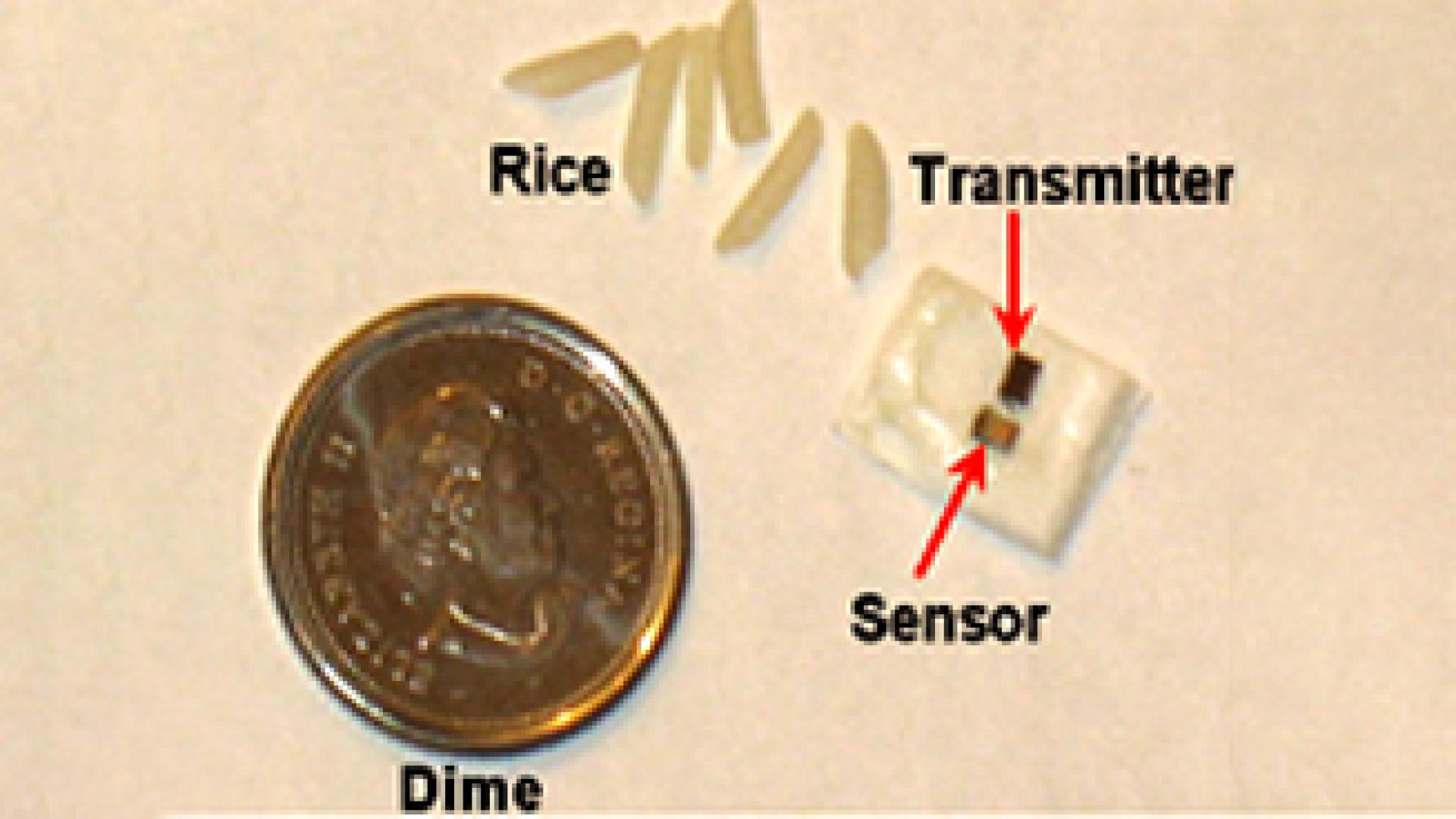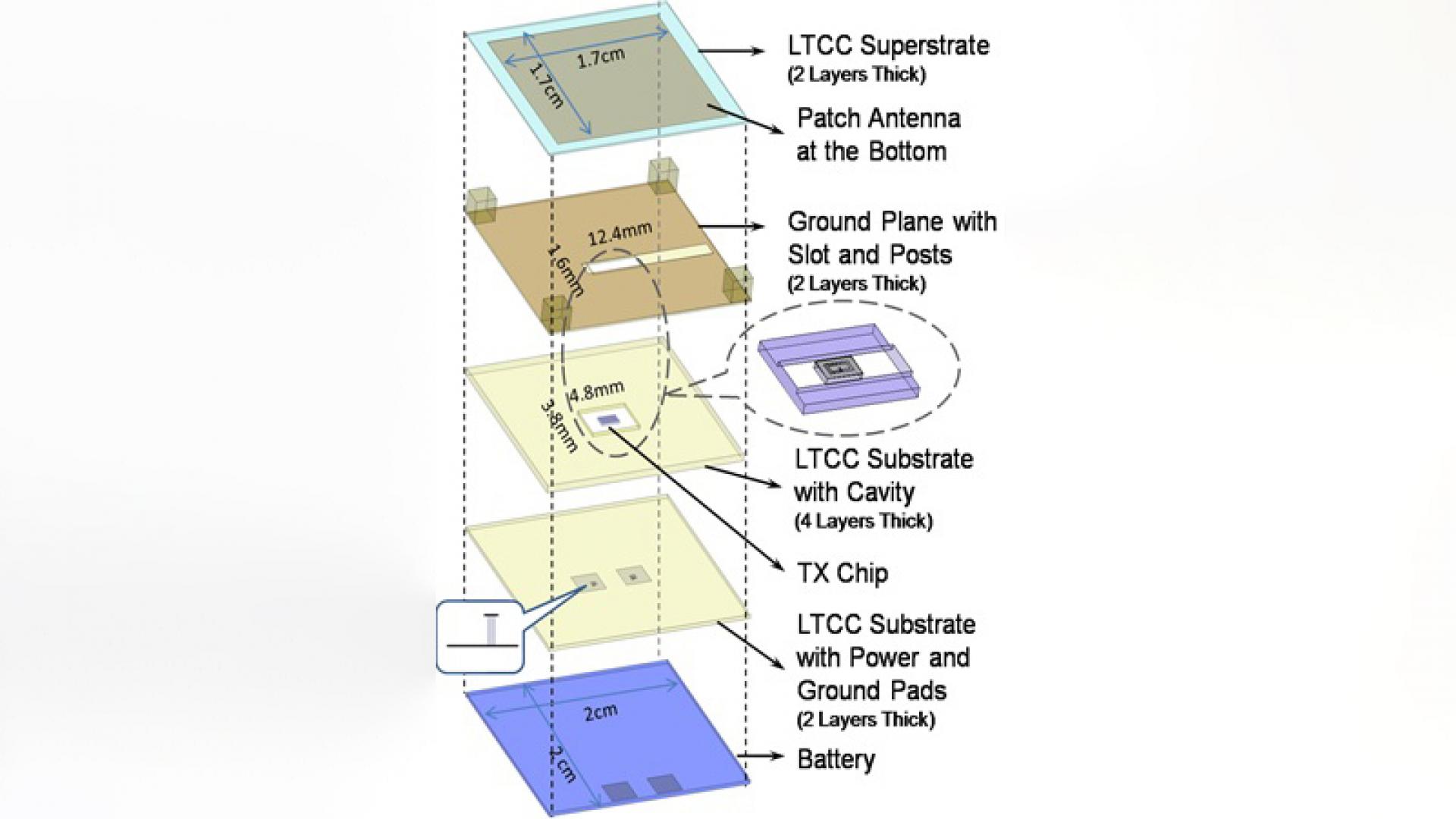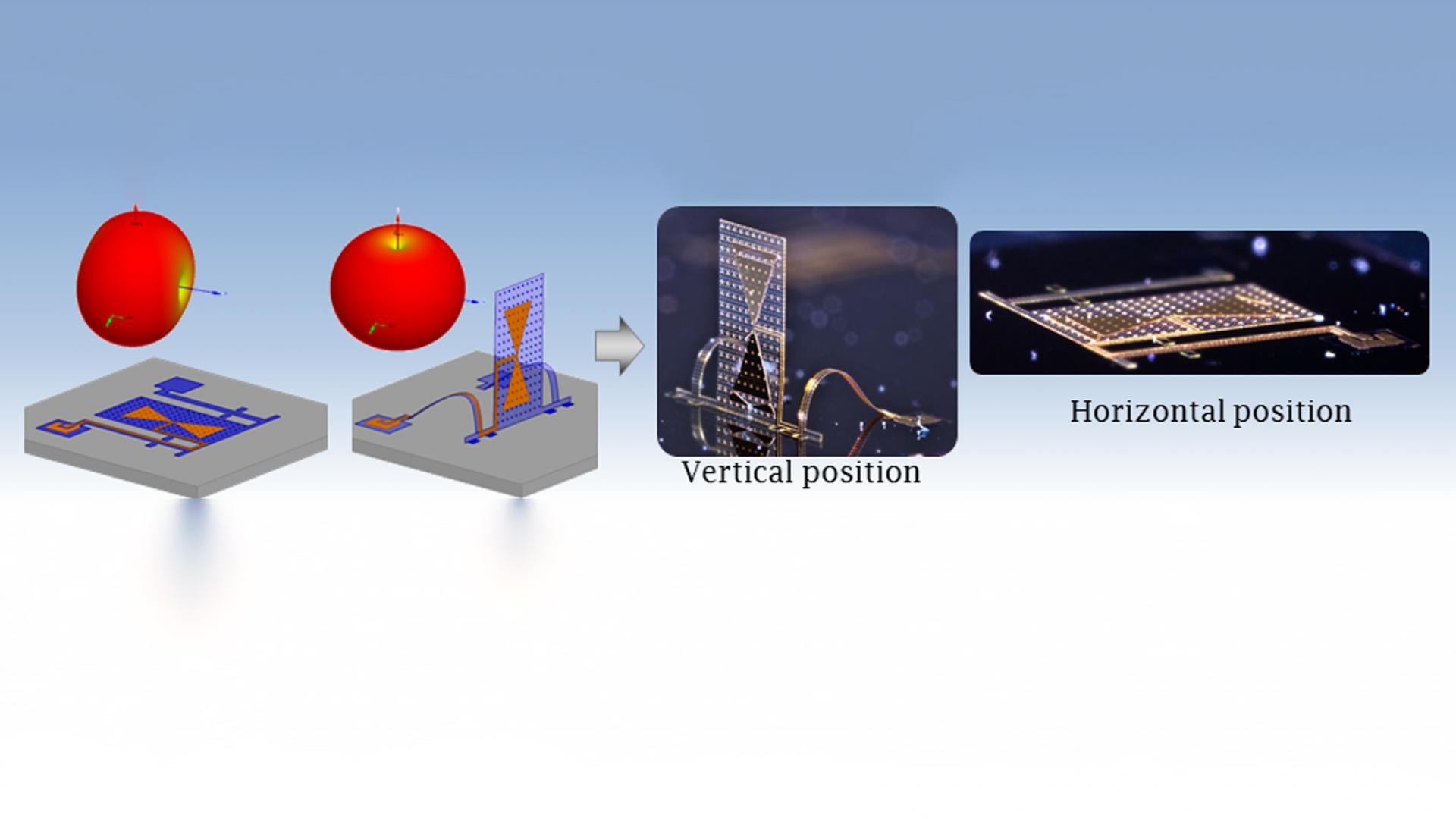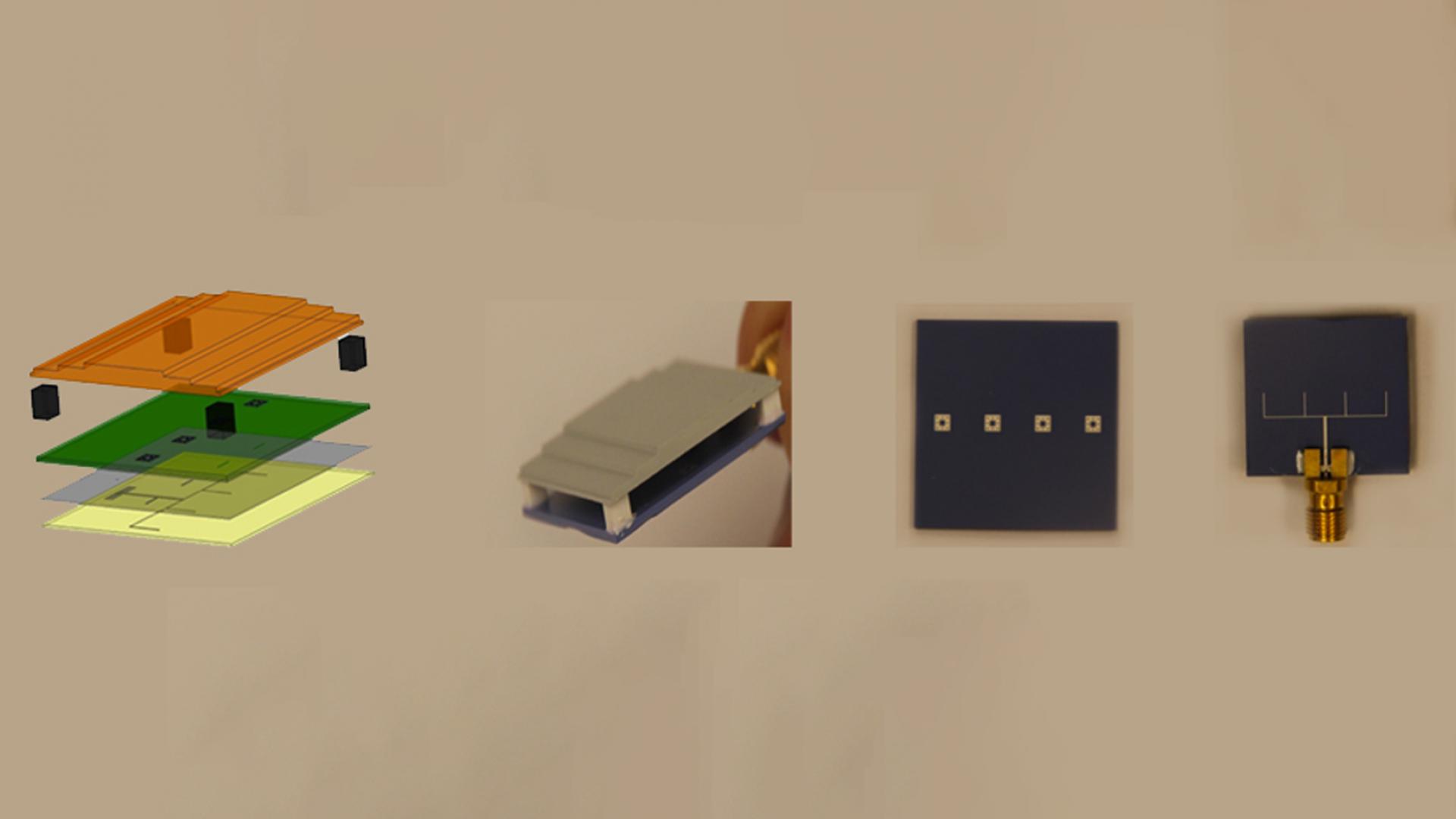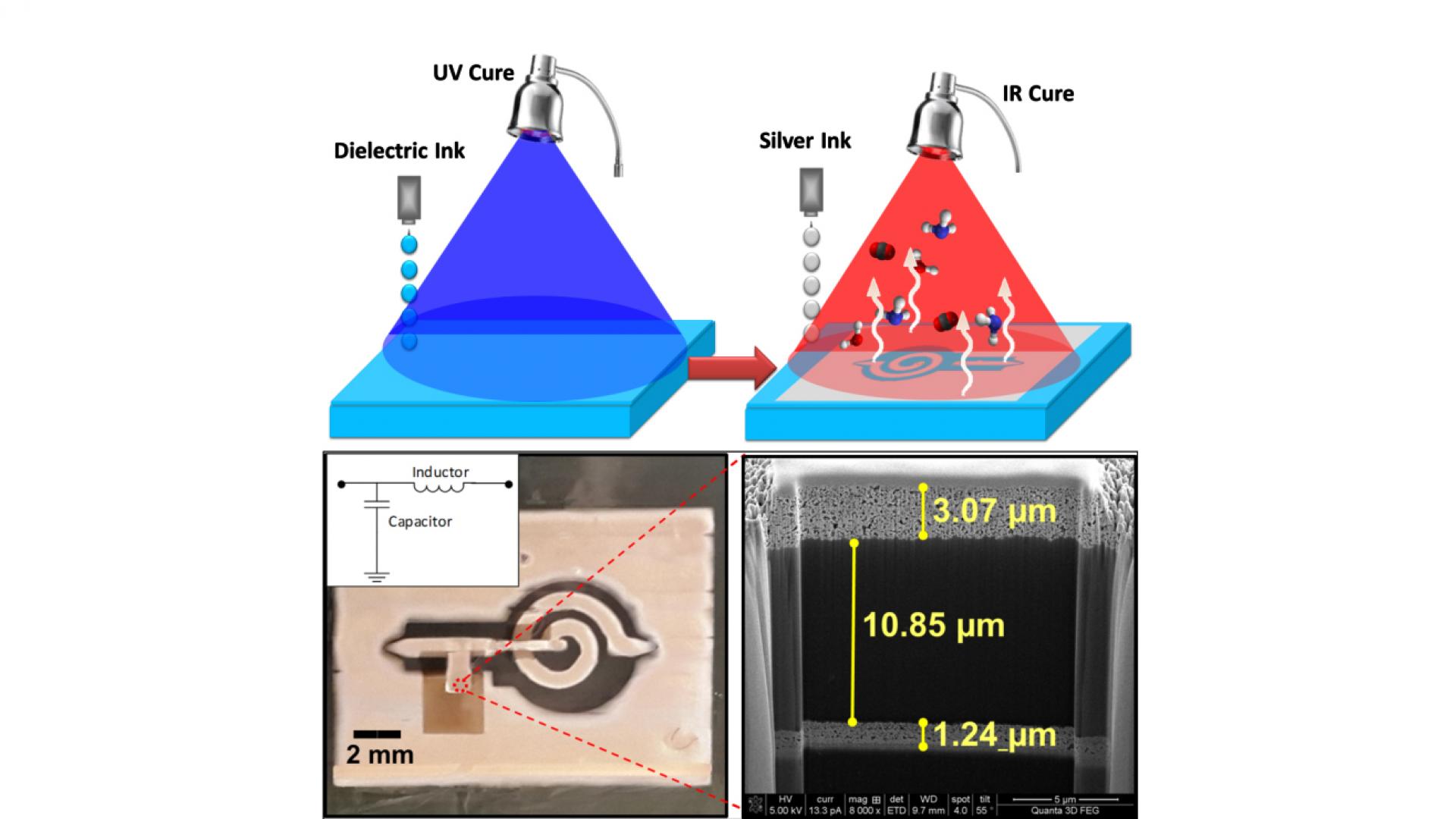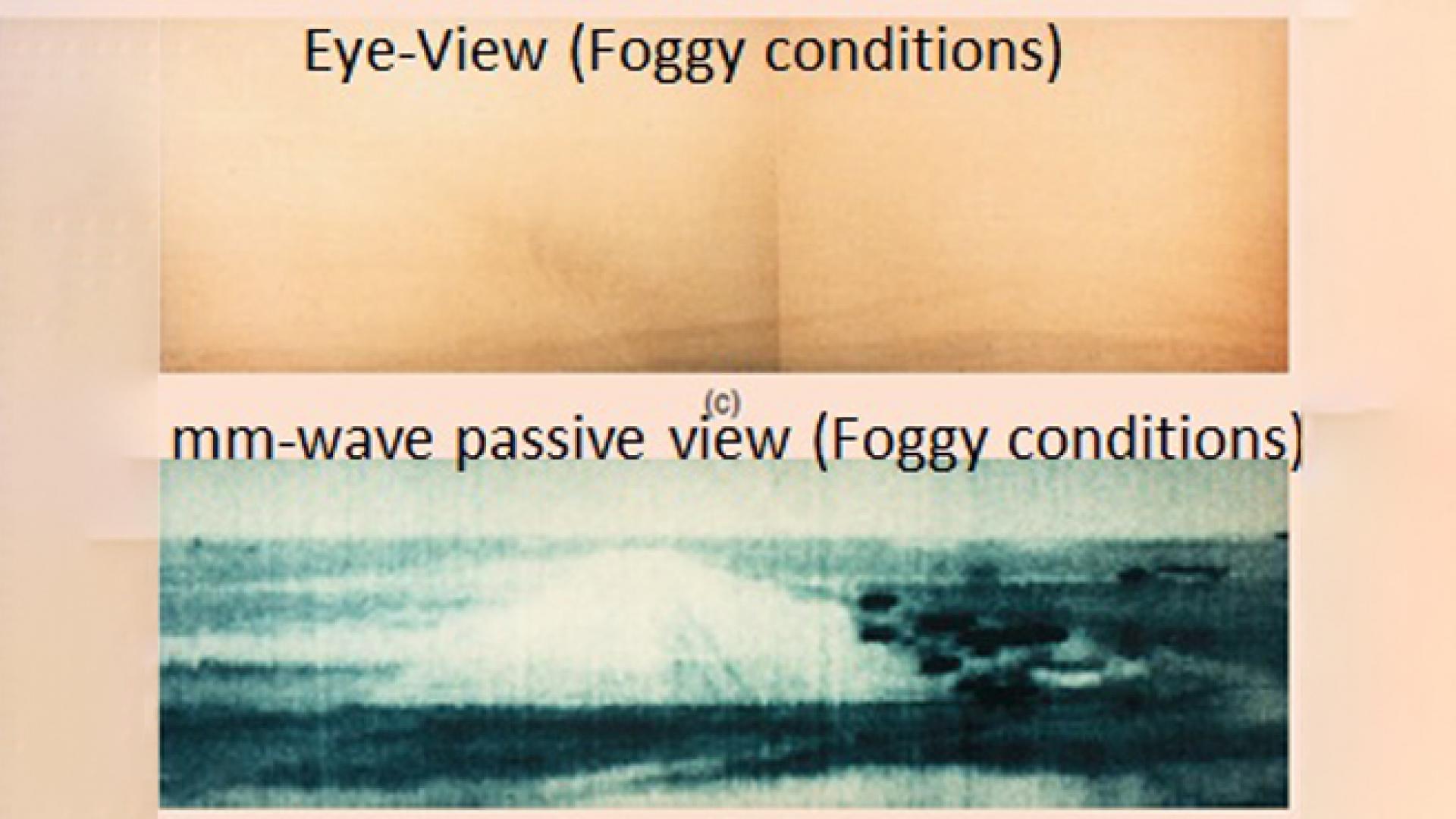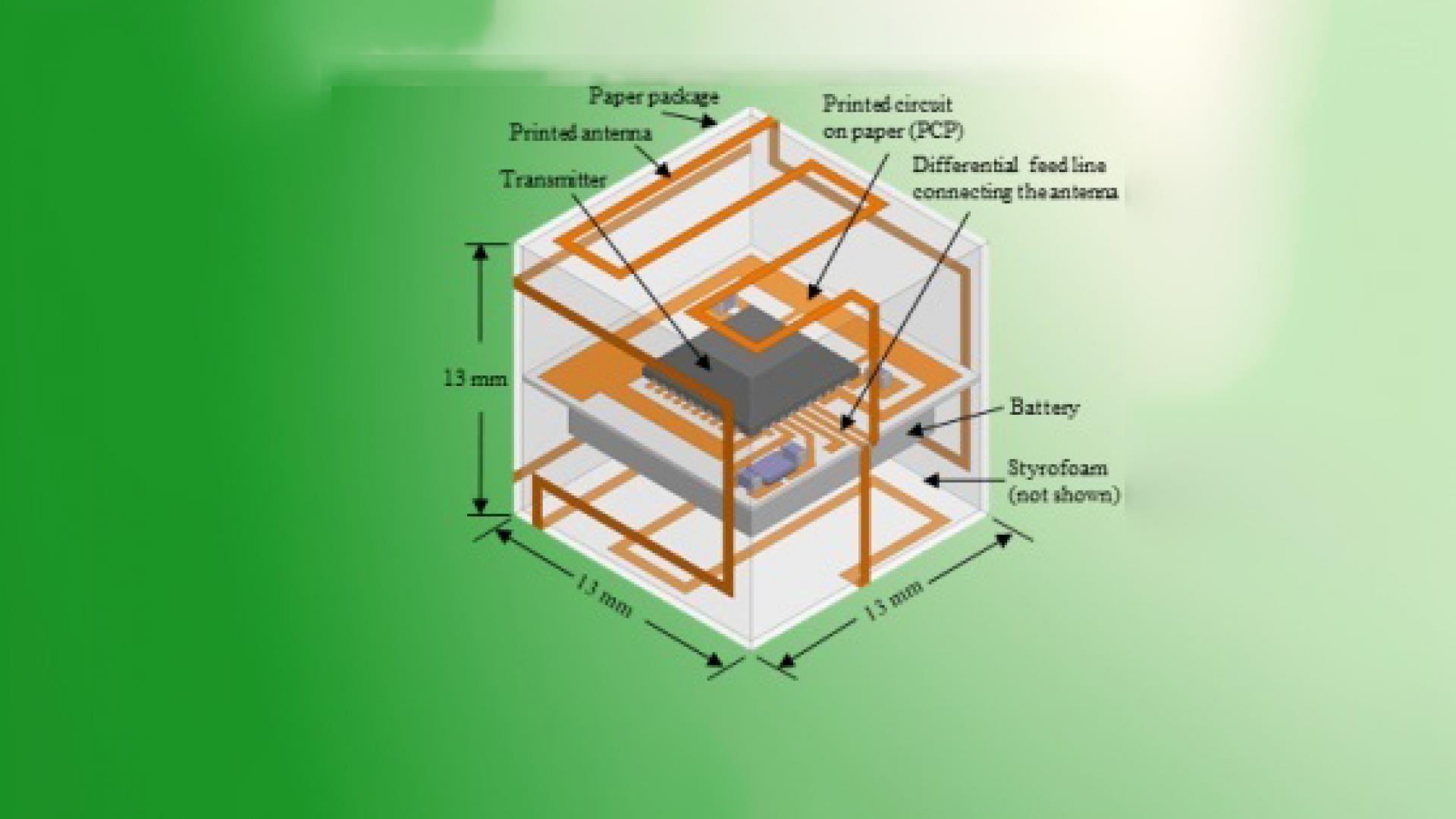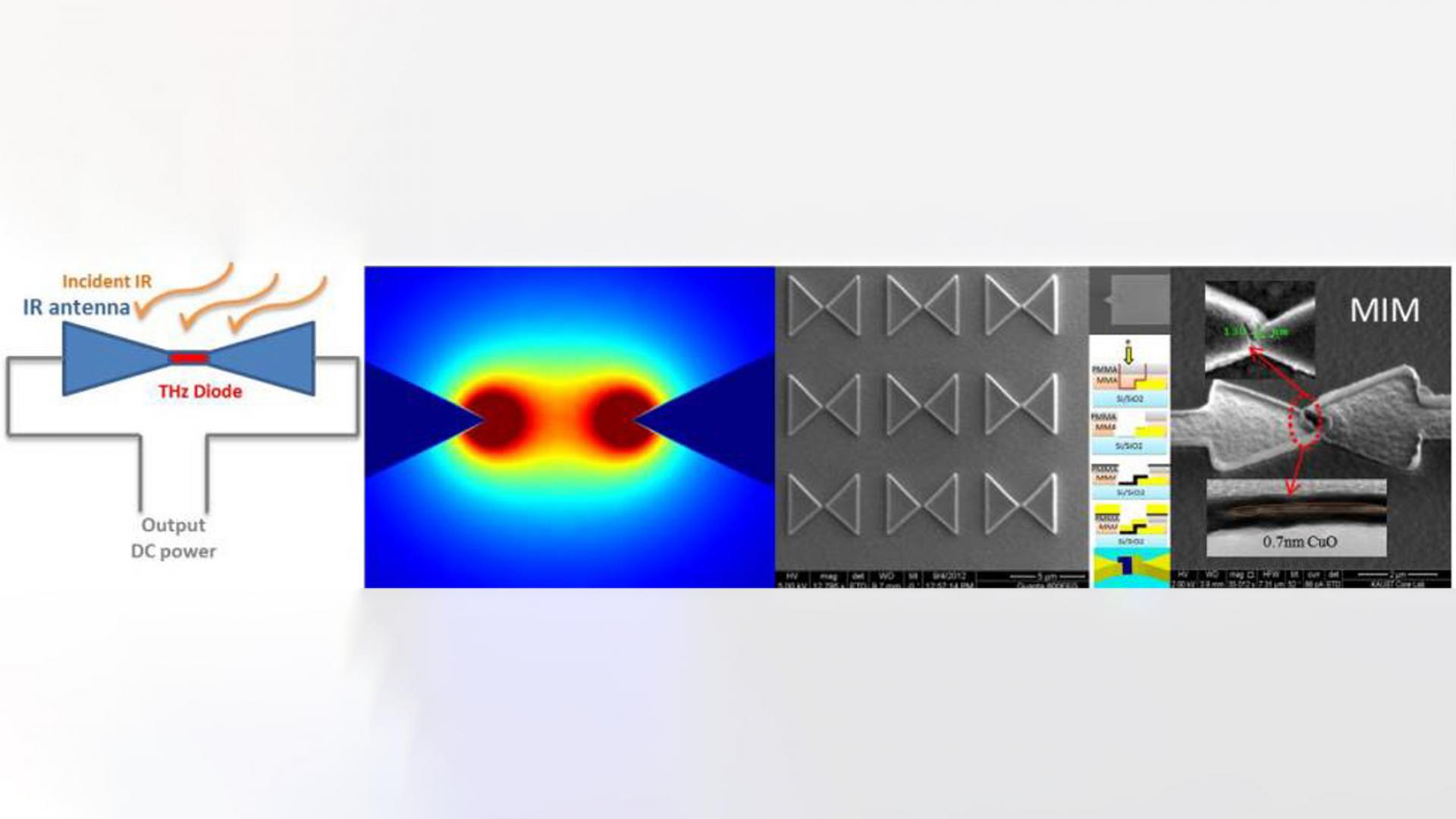Low-Temperature Co-fired Ceramic (LTCC) is a mature medium for SoP applications. Efficient passive elements can be designed in LTCC because of its low losses. The introduction of a high-dielectric constant ferrite material in the package not only helps to miniaturize the components but also permits the control of the devices made from it.
All integrated circuits (IC) have to be packaged. Typically these packages are mere holders of the IC. These ICs are then mounted on system boards that contain lots of components, like passives, interconnections, power sources, etc. The system on package (SoP), is a new approach that brings in functionality into the package by realizing passive components inside the package.
In this work, a new floating-gate (FG) MOSFET based wireless dosimeter system-in-package (SiP) is presented. This miniature and completely integrated wireless dosimeter SiP comprises a CMOS FG radiation sensor and transmitter (TX) in a low-temperature co-fired ceramic (LTCC) package.
In this work, a novel System-in-Package (SiP) implementation is presented for a transmitter (TX) module which makes use of electromagnetic coupling between the TX chip and package antennas at 5.2 GHz.
A major bottleneck in true SoC implementation is efficient on-chip antenna realization due to its large size and silicon substrate losses.
A miniature RF SoC is an ideal solution for many short-range wireless applications. Traditionally, sensors and antennas have been implemented off-the-chip requiring different integration and packaging methods to connect to circuits on-chip.
A novel SoP design for automotive radar applications that employs, for the first time, a mixed LTCC tape system and integrates a fractal antenna array with a Fresnel lens to enhance the gain manifolds.
The advances in metallic nanoparticles printing have enabled printing of electronics on substrates which are cheaper, lighter, thinner, environment friendly and suitable for flexible and conformal gadgets.
Inkjet printed antennas and microwave devices on flexible and organic substrates, such as paper, have the advantages of being light weight, low cost, and environmentally friendly.
As a first step towards realizing all inkjet printed electronics, this project aims at integrating conventional silicon based electronics with inkjet printed devices.
The world has witnessed an unprecedented increase in its energy requirements over the last few decades driven by the increasing size of the population, industrial development and the increasing level of activity of humans around the globe.
